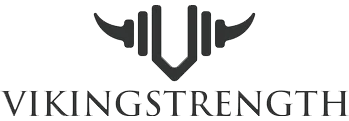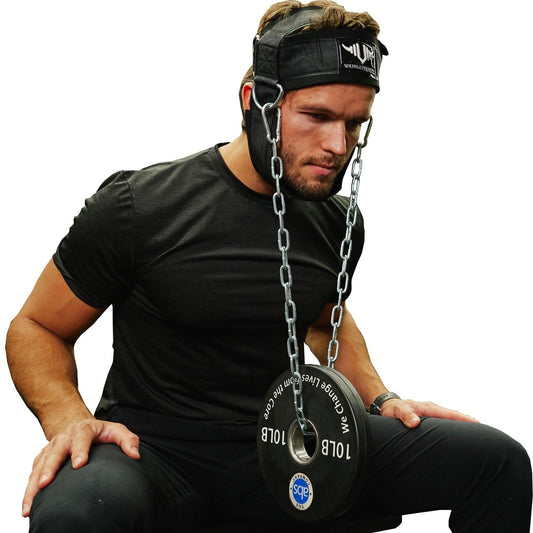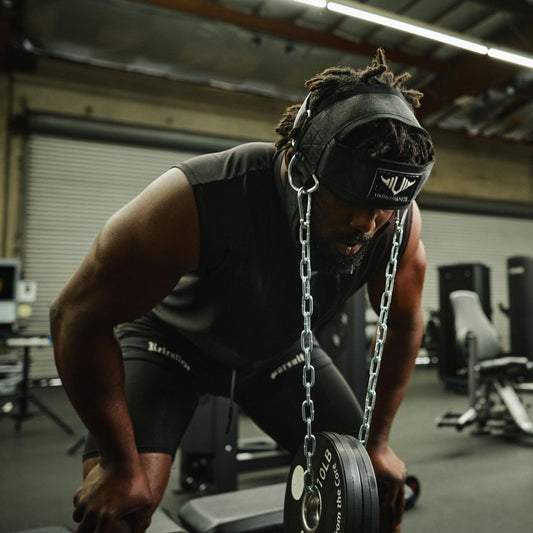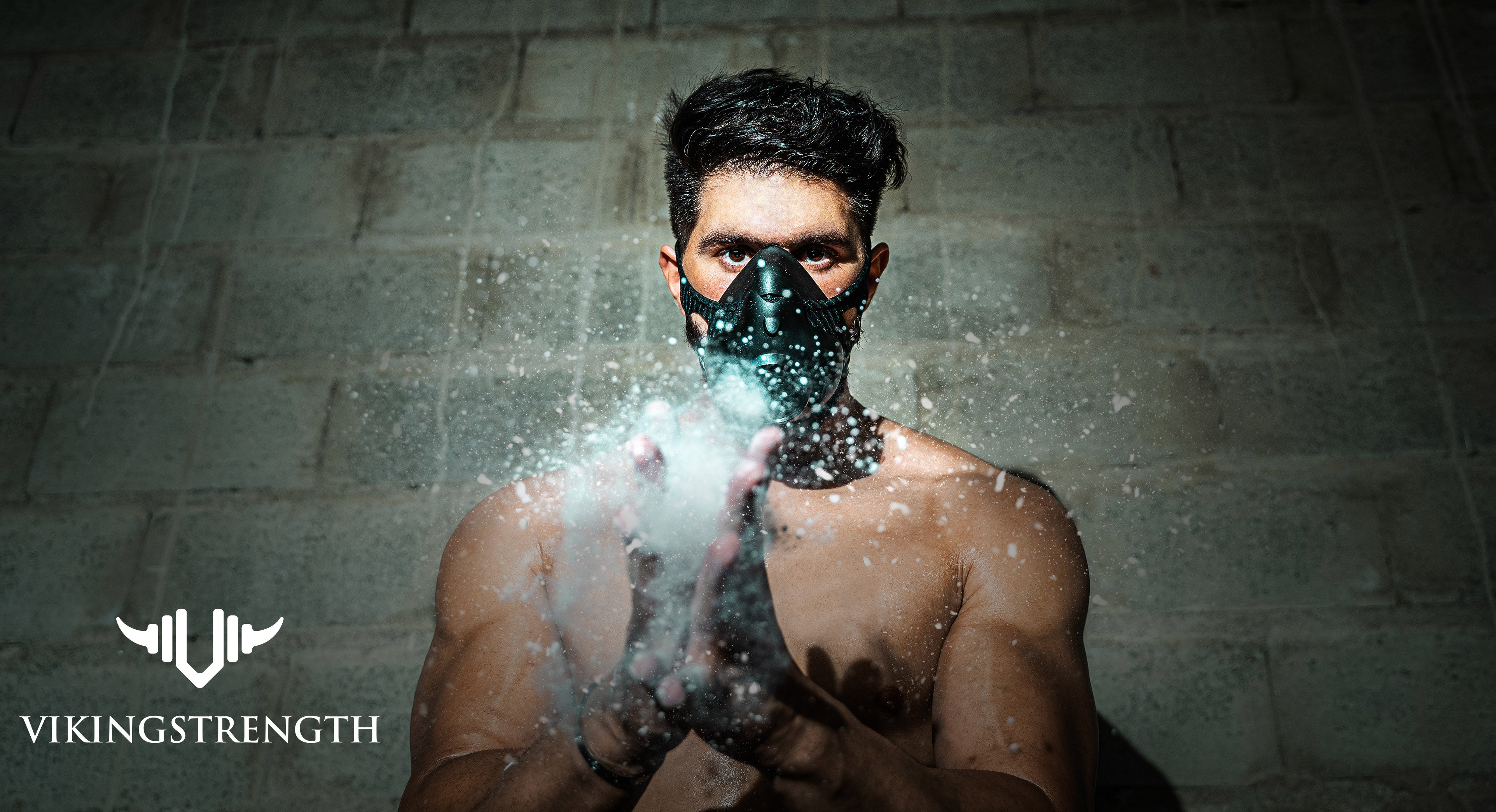Safety and Efficacy in Training: The Role of Lifting Belts
In a world where the human body is pushed to its limits in pursuit of enhanced physical performance, the safety and efficacy of training have taken center stage. A key tool often overlooked in this context is the lifting belt. This device is not merely an ergonomic innovation designed to protect against injury but also serves as a catalyst for enhancing physical performance. In this article, we will elucidate the science behind lifting belts, why they are essential in training, and briefly introduce the Vikingstrength lifting belt as an excellent choice for athletes.
Biomechanics and Lifting Belts
Firstly, to understand the value of lifting belts, it's necessary to comprehend the biomechanical context they operate within. When an athlete lifts a heavy weight, there is a dramatic increase in intra-abdominal and intrathoracic pressure. This increase in pressure helps stabilize the spine and provides a solid platform for the muscles to work from. The lifting belt functions by amplifying this pressure increase, thereby enhancing stability even further.
Lifting Belts and Injury Risk
A lifting belt is not only beneficial in providing stability, but it can also aid in reducing the risk of back injuries. A study published in the Journal of Strength and Conditioning Research found that the use of lifting belts reduced spinal compression forces during heavy lifts. Compression forces are one of the primary risk factors for disc herniation, a painful and potentially debilitating condition.
Technique and Performance
In addition, lifting belts can contribute to better technique during heavy lifts. By providing a sense of security and stability, athletes can focus more on correct form and less on fear of injury. This, in turn, can lead to enhanced performance and progress over time.
The Benefits of Weightlifting belts
Heavy lifting is a crucial component of many training programs, especially strength training. However, when performed without proper support and preparation, it can lead to injury. This is where lifting belts come into play. Lifting belts are designed to provide support to the lower back during heavy weight training and can help prevent potential injuries. Let's delve deeper into why one should utilize a lifting belt during training.
Proper Form and Technique
Performing heavy lifts requires correct form and technique to avoid injuries. Lifting belts can assist with this. When wearing a lifting belt, you become more conscious of your body positioning, which can help you maintain proper form throughout the lift.
Increased Intra-abdominal Pressure
When you take a deep breath in (this is known as the Valsalva maneuver), it increases intra-abdominal pressure. This pressure acts like a natural corset, supporting the spine and helping you lift more weight. The lifting belt amplifies this intra-abdominal pressure by providing a firm point for your abdominal muscles to press against.
Improved Performance
Several studies have shown that the use of lifting belts can improve lifting performance. A study published in "The Journal of Strength and Conditioning Research" found that lifters' performance was enhanced when they used lifting belts. The researchers suggested that this was due to the increased neuromuscular efficiency provided by the belt, which can assist in increasing power output.
Prevention of Injuries
As mentioned earlier, lifting belts can help reduce the risk of injuries, especially to the back. They provide support to the spine, help maintain proper form, and increase intra-abdominal pressure, all working together to protect the back from potential injuries.
However, it's important to remember that a lifting belt does not replace correct form and technique. Instead, it should be used as a supplement to improve performance and protect against injuries. And as with any training equipment, it should be used properly.
Lastly, not all training situations require the use of lifting belts. They are most beneficial during exercises with heavy weights, where the load on the spine is greatest. For lighter lifts and other types of training, a lifting belt may not be necessary.
Investing in a Lifting Belt
So, if you regularly lift heavy weights in your training, a lifting belt could be a valuable investment. It can help you lift heavier, improve your form, and protect against potential injuries, all of which contribute to enhancing your training efficacy.
The Vikingstrength Lifting Belt
When it comes to choosing a lifting belt, the Vikingstrength lifting belt stands out. Vikingstrength is a reliable manufacturer known for its dedication to quality and performance. The Vikingstrength lifting belt is crafted from premium materials to ensure durability, and features an adjustable fit to guarantee comfort and support. The design is both functional and stylish, instilling users with a sense of confidence and prestige.
Conclusion
In summary, a lifting belt is an essential investment for any serious athlete. It offers a plethora of benefits, from increased stability and injury prevention to improved technique and body awareness. The Vikingstrength lifting belt, with its high-quality design and robust construction, is an excellent choice for those wishing to enhance their training performance and safety.









